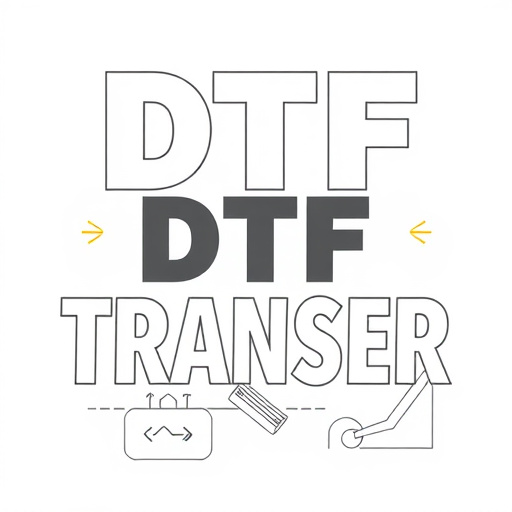Cold Air Intake (CAI) systems and Turbochargers work together seamlessly to boost engine performance by lowering boost threshold reduction. CAI redirects cold, dense air for improved airflow and fuel combustion, while Turbochargers force more air into the engine. For optimal results, these components must be compatible and designed for harmonious collaboration, ensuring efficient airflow and minimal restrictions. This partnership stabilizes air pressure at the turbo inlet, expanding the power band, improving throttle response, and ultimately enhancing engine performance and fuel efficiency. Integrating a high-flow CAI system with other modifications like an upgraded exhaust can maximize your turbo engine's potential, leading to increased torque, better acceleration, high-speed endurance, and drivability, benefiting both everyday drivers and racing enthusiasts.
Boost threshold reduction is a game-changer for performance enthusiasts, offering enhanced engine efficiency and power. This article explores the synergy between cold air intake (CAI) and turbocharger compatibility, key strategies to optimize boost thresholds, and real-world applications demonstrating improved results. Discover how these tactics can revolutionize your vehicle’s performance, from smoother acceleration to increased fuel efficiency, all while maximizing the potential of your turbocharged engine.
- Understanding Cold Air Intake and Turbo Compatibility for Boost Threshold Reduction
- Key Strategies to Enhance Boost Threshold Efficiency
- Real-World Applications and Expected Results of Enhanced Boost Thresholds
Understanding Cold Air Intake and Turbo Compatibility for Boost Threshold Reduction

Cold Air Intake (CAI) systems and Turbochargers are key components in enhancing engine performance, particularly when it comes to boosting threshold reduction. The compatibility between these two elements is crucial for optimal results. CAI systems redirect cold, dense air from outside the vehicle into the engine, improving airflow and fuel combustion, which can lead to significant power gains. When paired with a Turbocharger, which forces more air into the engine, this combination can produce even greater effects.
For effective boost threshold reduction, it’s essential that the CAI system is designed to work harmoniously with the Turbocharger. This means ensuring proper fitment, efficient air flow, and minimal restrictions. Well-designed CAI systems can help stabilize air pressure at the turbo inlet, allowing for a wider power band and improved throttle response. By optimizing the interaction between the cold air intake and the turbo, vehicles can achieve lower boost thresholds, resulting in enhanced engine performance and fuel efficiency.
Key Strategies to Enhance Boost Threshold Efficiency

To maximize the benefits of a turbo-charged engine and enhance boost threshold efficiency, several key strategies can be employed. One effective approach is to integrate a high-flow cold air intake system. This component ensures a consistent supply of cool, dense air directly into the engine, improving overall performance. By optimizing airflow, the turbocharger can achieve higher pressures more efficiently, leading to enhanced boost levels at lower RPMs.
Additionally, ensuring turbo compatibility with your vehicle’s modifications is crucial. Upgrading the exhaust system and installing high-performance components designed for turbo setups can significantly impact boost threshold reduction. These upgrades minimize backpressure, allowing the turbocharger to spin faster and deliver more power earlier in the engine’s rev range. Combining these strategies with careful tuning ensures a balanced and efficient power delivery system.
Real-World Applications and Expected Results of Enhanced Boost Thresholds

In various real-world applications, particularly in the automotive industry, enhanced boost thresholds offer significant advantages. By allowing for higher boost levels at lower engine speeds, vehicles equipped with these systems can deliver improved torque and power outputs. This is especially beneficial for cold air intake turbo (CAI) setups, where optimal airflow is crucial for maximizing performance. The increased boost threshold ensures that the turbocharger engages sooner, providing a more responsive and efficient power delivery system.
Expected results include enhanced acceleration capabilities, better high-speed endurance, and improved overall drivability. For enthusiasts and racing drivers, this translates to quicker lap times and a more thrilling driving experience. Moreover, with careful tuning, these enhanced boost thresholds can lead to significant fuel efficiency improvements without compromising performance, making them an attractive option for both everyday drivers and track-focused vehicles.
In conclusion, enhancing cold air intake and turbo compatibility for boost threshold reduction offers significant performance gains. By employing key strategies outlined in this article, vehicle owners can expect improved efficiency, smoother power delivery, and enhanced overall driving experience. These modifications are particularly beneficial for those seeking to unlock the full potential of their vehicles, providing both practical benefits and a thrilling drive.














